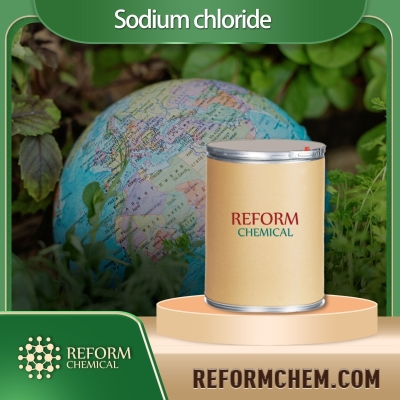-
Categories
-
Pharmaceutical Intermediates
-
Active Pharmaceutical Ingredients
-
Food Additives
- Industrial Coatings
- Agrochemicals
- Dyes and Pigments
- Surfactant
- Flavors and Fragrances
- Chemical Reagents
- Catalyst and Auxiliary
- Natural Products
- Inorganic Chemistry
-
Organic Chemistry
-
Biochemical Engineering
- Analytical Chemistry
-
Cosmetic Ingredient
- Water Treatment Chemical
-
Pharmaceutical Intermediates
Promotion
ECHEMI Mall
Wholesale
Weekly Price
Exhibition
News
-
Trade Service
Calcitonin is a hormone produced by the thyroid gland in humans and other mammals.
It plays an important role in regulating the levels of calcium in the blood, and it has been used in the treatment of hypercalcemia and other conditions related to abnormal calcium levels.
Calcitonin is also used as a research tool in the study of calcium metabolism and bone biology.
In the chemical industry, calcitonin is used as a starting material for the synthesis of various derivatives that have potential therapeutic and research applications.
There are several synthetic routes that have been developed for the production of calcitonin over the years, and this article will discuss some of the most widely used methods.
The first synthetic route for calcitonin was developed in the 1950s by Sch announcement and his colleagues.
This route involved the synthesis of the C-terminal segment of calcitonin and its attachment to a larger peptide chain.
This approach was later modified by others to create longer and more complex calcitonin derivatives.
The advantages of this approach include the ability to easily modify the C-terminus of the calcitonin molecule, which can be useful for targeting the compound to specific receptors or enzymes.
Another synthetic route for calcitonin involves the use of solid-phase peptide synthesis (SPPS).
This method involves the synthesis of the calcitonin molecule on a solid support, such as a resin or a bead.
The advantage of this approach is that it allows for the efficient synthesis of long peptides in a very short time.
The SPPS method can also be used to synthesize modified versions of calcitonin, such as those with non-natural amino acids or post-translational modifications.
A more recent approach for the synthesis of calcitonin and its derivatives involves the use of unnatural amino acids.
These compounds are similar in structure to natural amino acids, but they have modified side chains that can be used to enhance the properties of the resulting peptides.
For example, the use of amino acids with fluorescent or biotinylated side chains can allow for the labeling and detection of calcitonin in biological samples.
The use of unnatural amino acids can also be used to create more stable and less reactive peptides, which can be useful for long-term storage and experimental applications.
In conclusion, there are several synthetic routes for the production of calcitonin and its derivatives in the chemical industry.
These methods include the use of solid-phase peptide synthesis, the synthesis of unnatural amino acids, and the attachment of modified peptides to the C-terminus of calcitonin.
These approaches have enabled the production of calcitonin and its derivatives for use in basic research, drug development, and commercial applications.
The synthetic routes for calcitonin will continue to evolve and improve in the future, and it is likely that new methods will be developed to enhance the production and utility of this important hormone.







